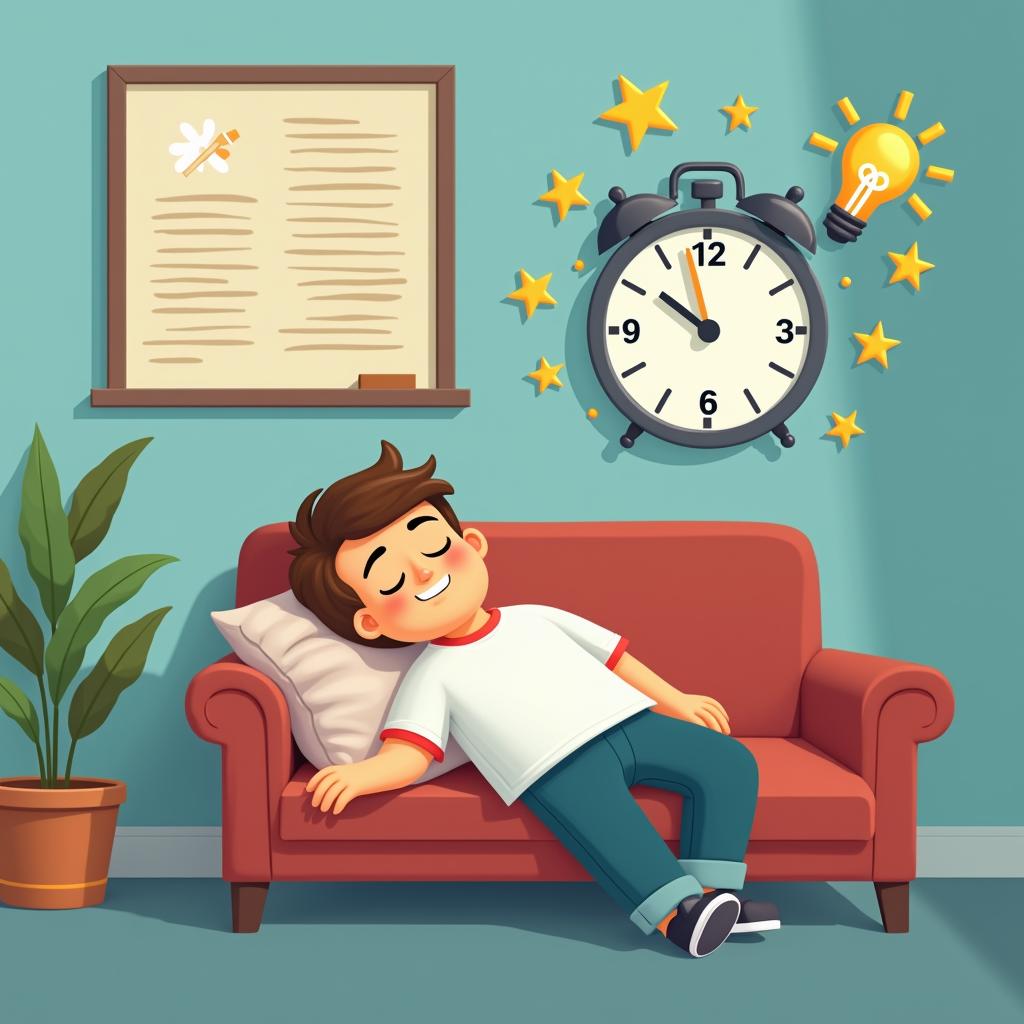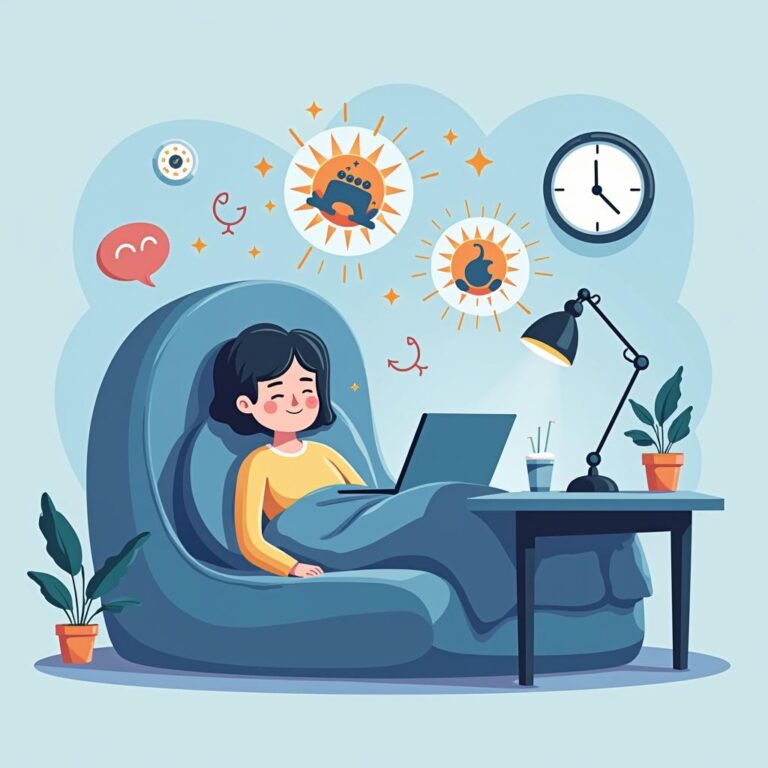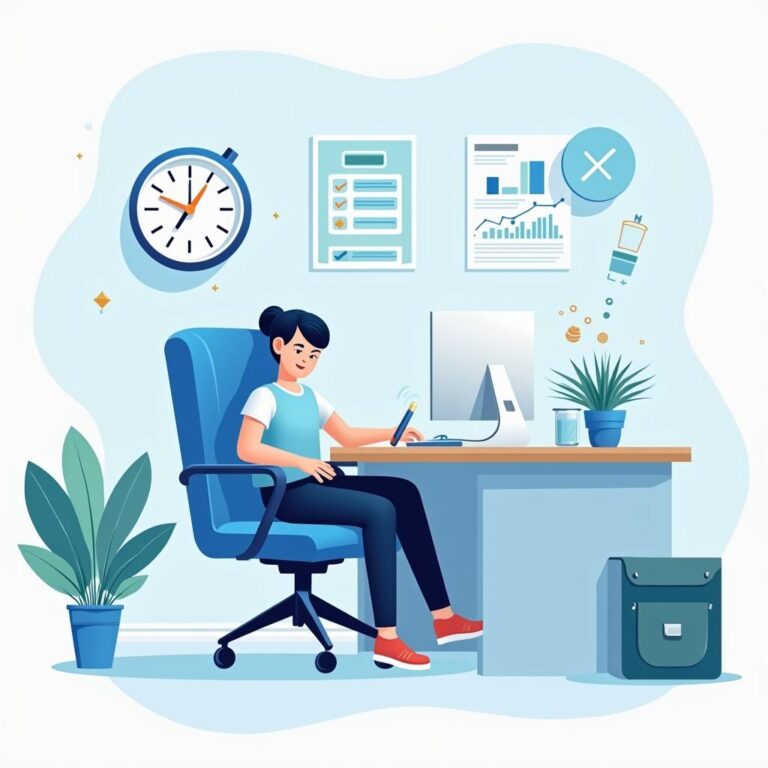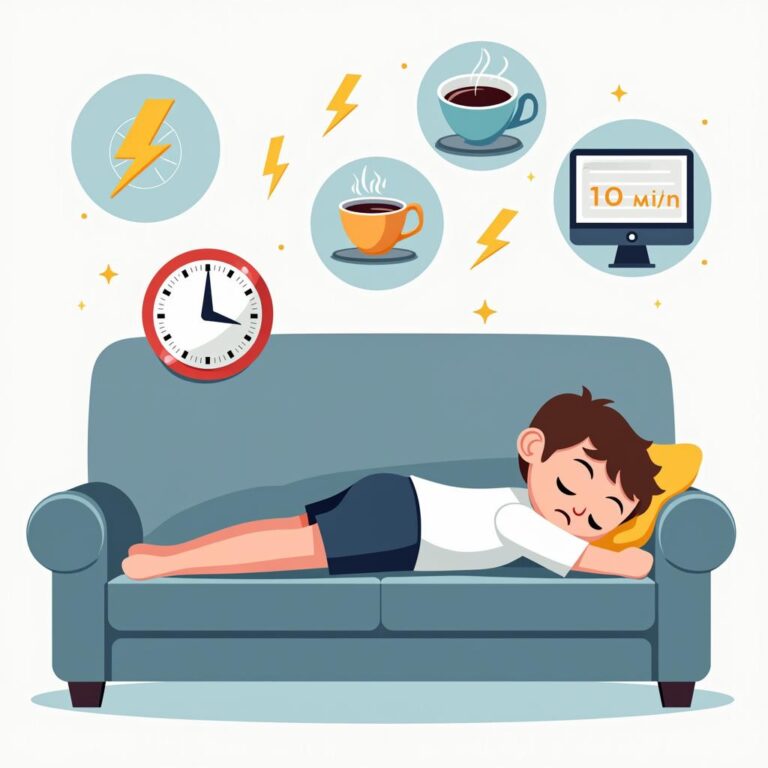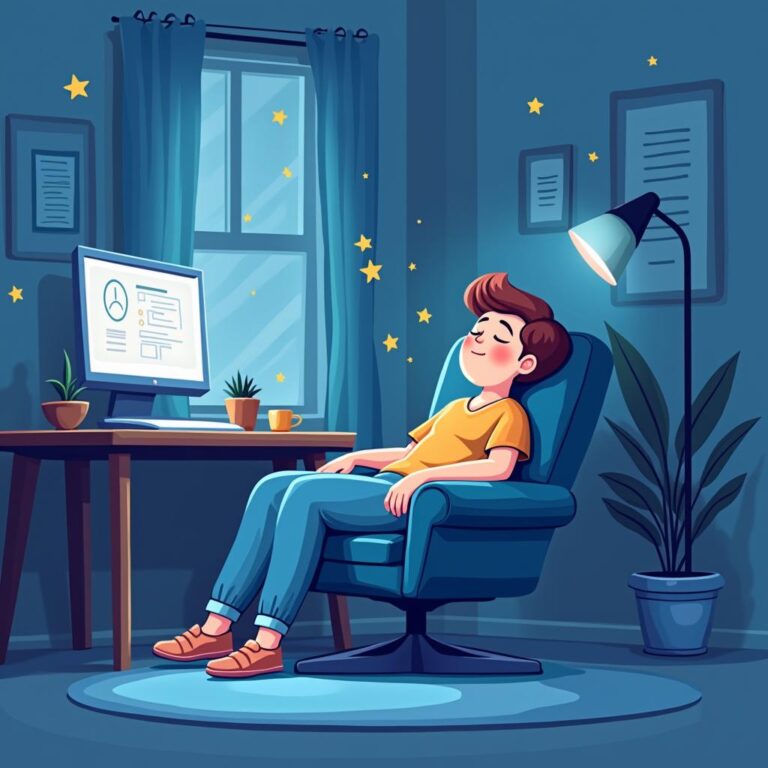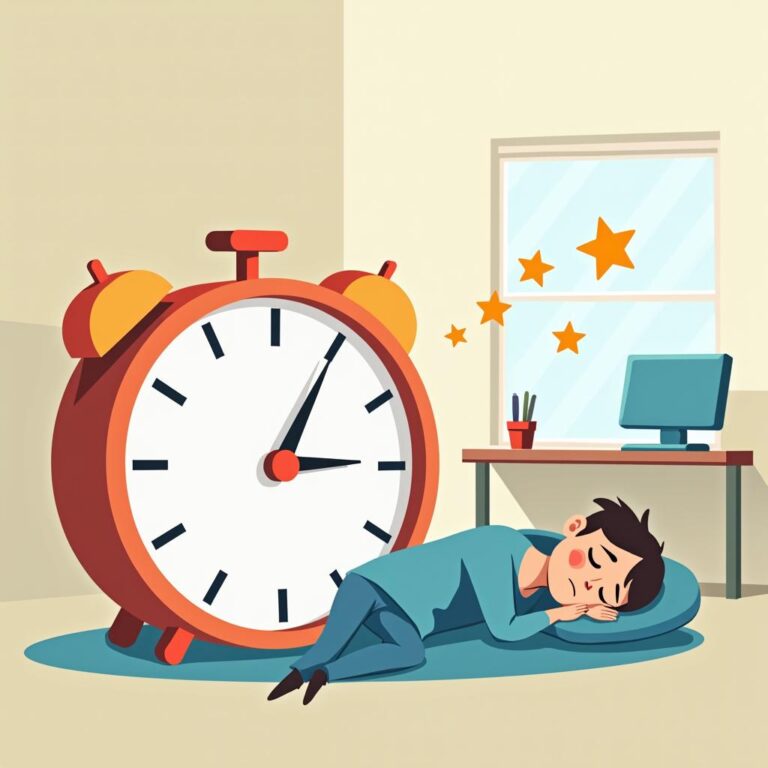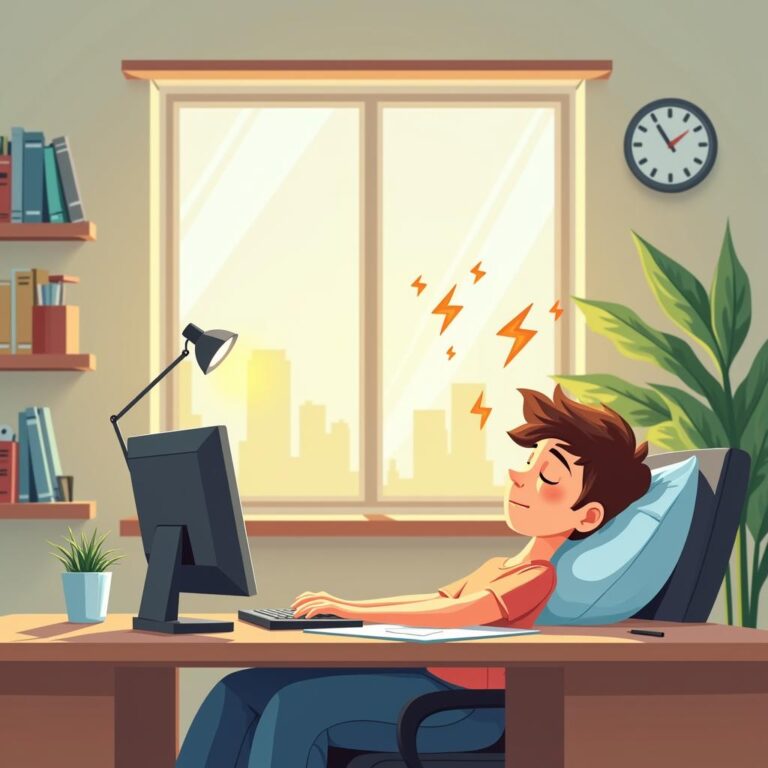In the fast-paced world we live in today, staying productive throughout the day can be quite a challenge. With demanding work schedules, long hours, and numerous distractions, it’s essential to find effective methods to enhance our productivity. One underrated tool in this regard is taking naps. While many view naps as a luxury or an indulgence, research shows that using naps to boost productivity can be a game changer. This article will explore the benefits of napping and how you can implement napping into your daily routine to maximize your output while minimizing fatigue.
The Science Behind Napping
Napping is a natural and instinctive behavior that spans across multiple species, including humans. Studies have indicated that a short nap can drastically improve cognitive performance, enhance mood, and increase alertness. The science behind napping revolves around the brain’s cycles of sleep. During a nap, especially a short one (around 10 to 30 minutes), you can enter the lighter stages of sleep without delving into deeper sleep that can leave you feeling groggy.
Benefits of Napping
There are numerous benefits that come from using naps to boost productivity. Here are some of the key advantages:
- Improved Cognitive Function: A quick nap can enhance memory, creativity, and problem-solving skills. When you sleep, your brain processes information and consolidates memories, leading to better cognitive performance when you wake up.
- Increased Alertness: A brief nap can alleviate feelings of drowsiness and enhance alertness, giving you a fresh boost of energy to tackle challenging tasks.
- Enhanced Mood: Taking a nap can elevate your mood, reducing feelings of stress and anxiety. A relaxed mind often translates to improved focus and productivity.
- Stress Reduction: Short naps can trigger relaxation responses that help reduce stress hormones in the body, leading to a calmer mindset and a more conducive working environment.
How to Take Effective Naps
To fully reap the benefits of napping, it’s essential to take them properly. Here are some tips on how to use naps effectively:
1. Time Your Nap Wisely
One of the most crucial aspects of napping is timing. The best time to take a nap is usually in the early afternoon, when your body experiences a natural dip in energy levels, typically between 1 PM to 3 PM. Napping during this period can harmonize with your body’s natural rhythms.
2. Keep It Short
Short naps are more beneficial than long ones. Aim for a nap duration of 10 to 30 minutes. This length allows you to enjoy the restorative benefits of sleep without entering deeper sleep stages that may leave you groggy upon waking.
3. Create a Restful Environment
Your napping environment plays a significant role in how restorative your sleep will be. Choose a quiet, dark place to take your nap. If possible, use an eye mask or blackout curtains and consider earplugs or white noise machines to block out distractions.
4. Use a Timer
To avoid oversleeping, set a timer for your nap duration. This can help you stay within the ideal range and wake up feeling refreshed rather than disoriented from a long sleep.
5. Combine Naps with Good Sleep Hygiene
While naps can be incredibly beneficial, they should not replace a good night’s sleep. Ensure you maintain a regular sleep schedule, prioritize a restful nighttime environment, and engage in mindful relaxation before bedtime.
Tips for Integrating Naps into Your Routine
Implementing naps into a busy schedule may seem challenging, but with a structured approach, you can easily incorporate them into your daily routine.
1. Communicate with Your Team
If you work in an office setting, communicate with your colleagues about your napping schedule. By setting clear expectations, you can minimize interruptions and create an understanding environment that values productivity and well-being.
2. Take Advantage of Breaks
Utilize your lunch break or other breaks throughout the day to squeeze in a quick power nap. Don’t feel the need to reserve specific time for napping; even a short 10-minute rest can work wonders.
3. Use Technology to Your Advantage
Apps and devices designed to assist with power napping can be incredibly helpful. Certain apps offer guided meditation or soothing sounds that can assist in relaxing your mind before a nap. Additionally, wearables that track your sleep cycles can provide insights on when to nap for the best results.
Overcoming Common Misconceptions About Napping
Despite the considerable evidence supporting the advantages of napping, many still harbor misconceptions:
- Naps are only for children: This is not true, as naps can be beneficial for adults of all ages, particularly those with demanding schedules or who suffer from sleep deprivation.
- Taking naps indicates laziness: On the contrary, napping is a proactive strategy for boosting productivity and health, not a sign of inactivity.
Conclusion
Napping is a simple yet effective way to use naps to boost productivity. With a keen understanding of its benefits and proper implementation, incorporating naps into your daily routine may lead to enhanced cognitive function, improved mood, and increased overall productivity. Embrace the power of a short nap, and you may find yourself more focused and ready to tackle your tasks with renewed energy. By recognizing the value of rest, you not only enhance your performance but also promote better mental and physical health in the long run.

